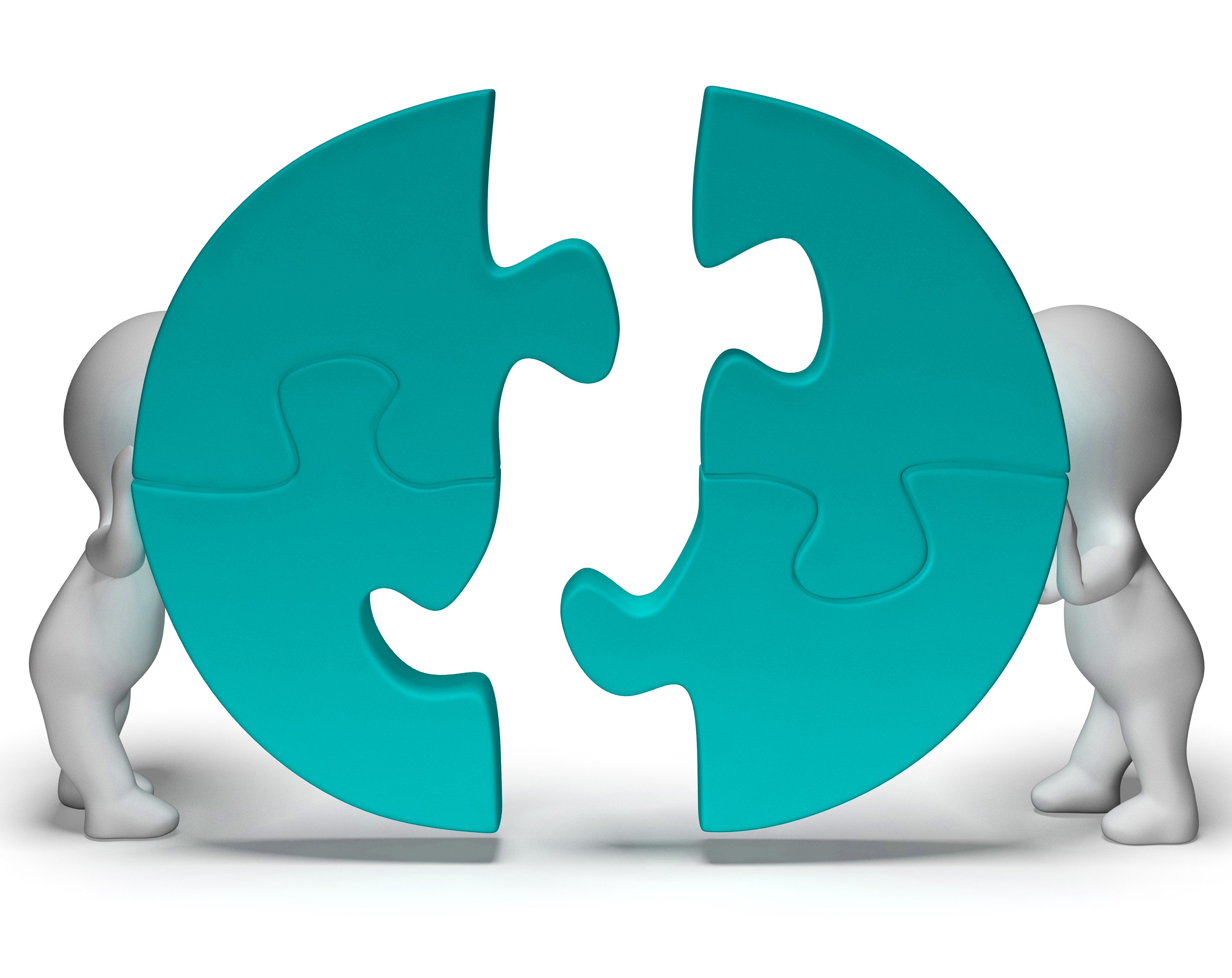
To dance the tango, two partners must be moving in relation to one another- sometimes in opposition and other times in tandem. The tango is a partner dance that originated along the Rio de la Plata in the 1880s. Where Does 'Takes Two to Tango' Come From? A mutual friend is placing all of the blame on one individual in the couple, and you respond by saying "Well, it 'takes two to tango.'" This would indicate your belief that there is likely enough blame to go around in the dissolution of the marriage. It takes two people to get into a quarrelįor example, let's say that someone you know is getting divorced.It takes two people to make a bargain or an agreement.It takes two people to cooperate in a specific enterprise.Here are the three most common applications of 'takes two to tango': It can also mean that two people need to be willing to participate in a certain activity for that activity to be possible. This phrase is commonly used when a person wants to emphasize that both of the people that are involved in a specific (and often difficult) situation need to accept some blame for what occurred. The idiom 'it takes two to tango' indicates that certain activities or actions can't be performed by one person alone, meaning that both individuals share responsibility for it. Currrent Medical Research and Opinion 2016 32(1):177–81.Final Thoughts About 'Takes Two to Tango' What Does 'Takes Two to Tango' Mean? Reaching more children with vaccines in developing countries: key challenges of innovation and delivery. What vaccine product attributes do immunization program stakeholders value? Results from interviews in six low- and middle-income countries. Kristensen DD, Bartholomew K, Villadiego S, Lorenson K. Health Systems Financing: The Path to Universal Coverage. 2018 Assessment report of the global vaccine action plan. Strategic Group of Experts in Immunization. Findings will guide further development of the TSE concept.

It found that TSE can help steer manufacturers to develop products that are better aligned with country need. The pilot study demonstrates that it is feasible to use an MCDA approach to elicit stakeholder preferences and determine influential parameters to help identify the preferred product characteristics for R&D from the perspective of country decision-makers. Self-assessment forms revealed that TSE was perceived as being able to encourage closer collaboration between country decision makers and vaccine developers. The model identified significant parameters that impacted on MCDA rankings. Self-assessment forms were distributed to R&D stakeholders on the usability of the approach and were subsequently analysed. A one-way sensitivity analysis was performed to identify criteria that influenced vaccine ranking. The model was populated with local data and products were ranked against decision criteria identified by Thai stakeholders.


The excel-based model used multiple-criteria decision analysis (MCDA) to compare and evaluate five hypothetical rotavirus vaccine products. A proof of concept pilot study took place in Thailand in 2018 to examine the feasibility and usefulness of the TSE approach using a rotavirus hypothetical test-case.

Total Systems Effectiveness (TSE) framework has been developed to characterize preferred vaccine attributes from the perspective of country decision-makers to inform research and development (R&D) of products. One way of addressing the gaps is by ensuring product innovation is relevant and responsive to the needs of these contexts. Despite a growing global commitment to universal health coverage, considerable vaccine coverage and uptake gaps persist in resource-constrained settings.


 0 kommentar(er)
0 kommentar(er)
